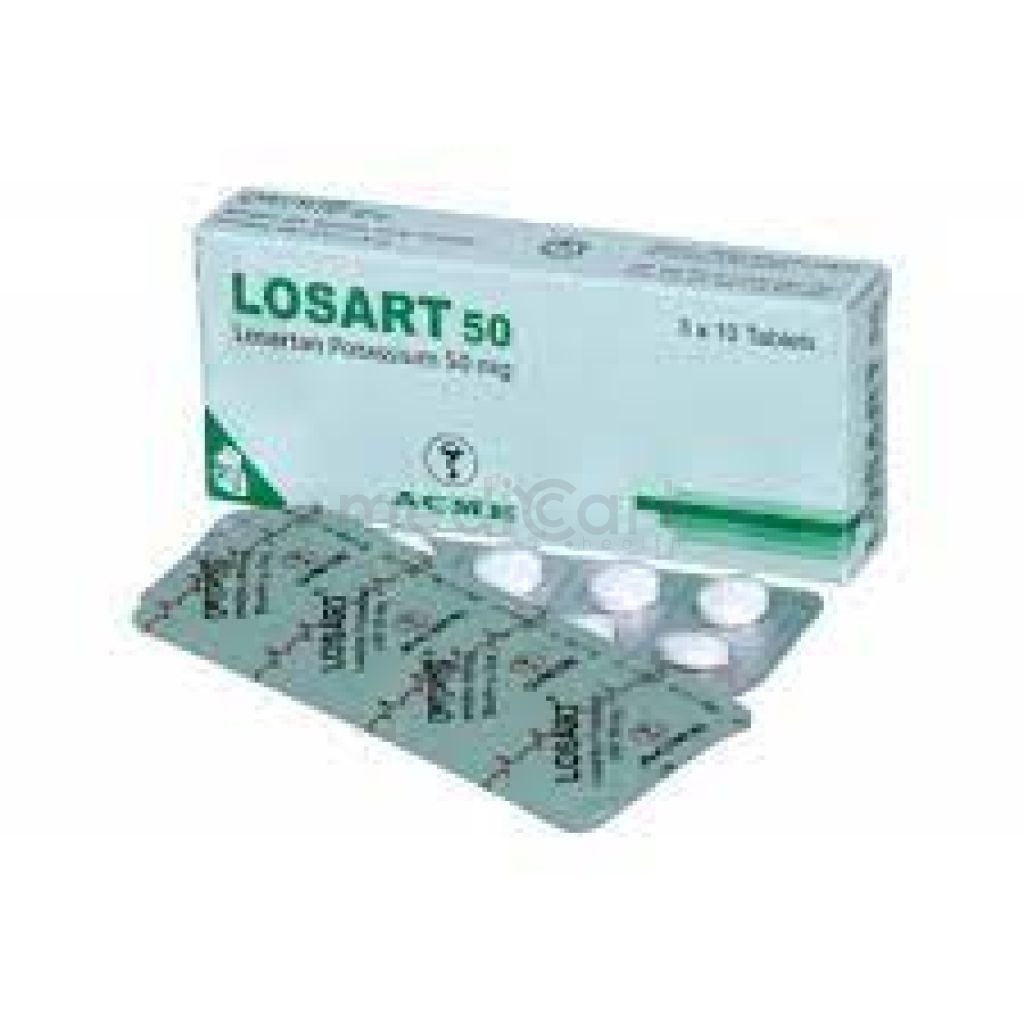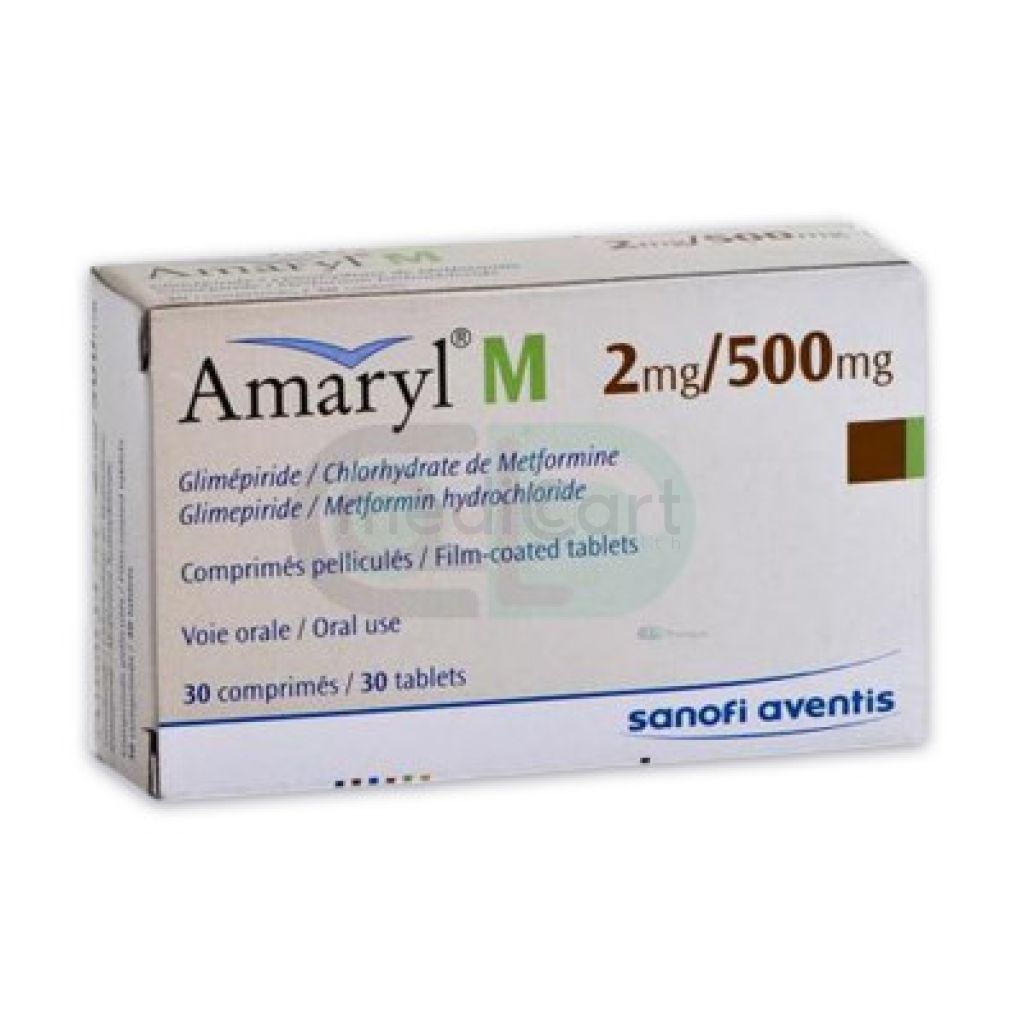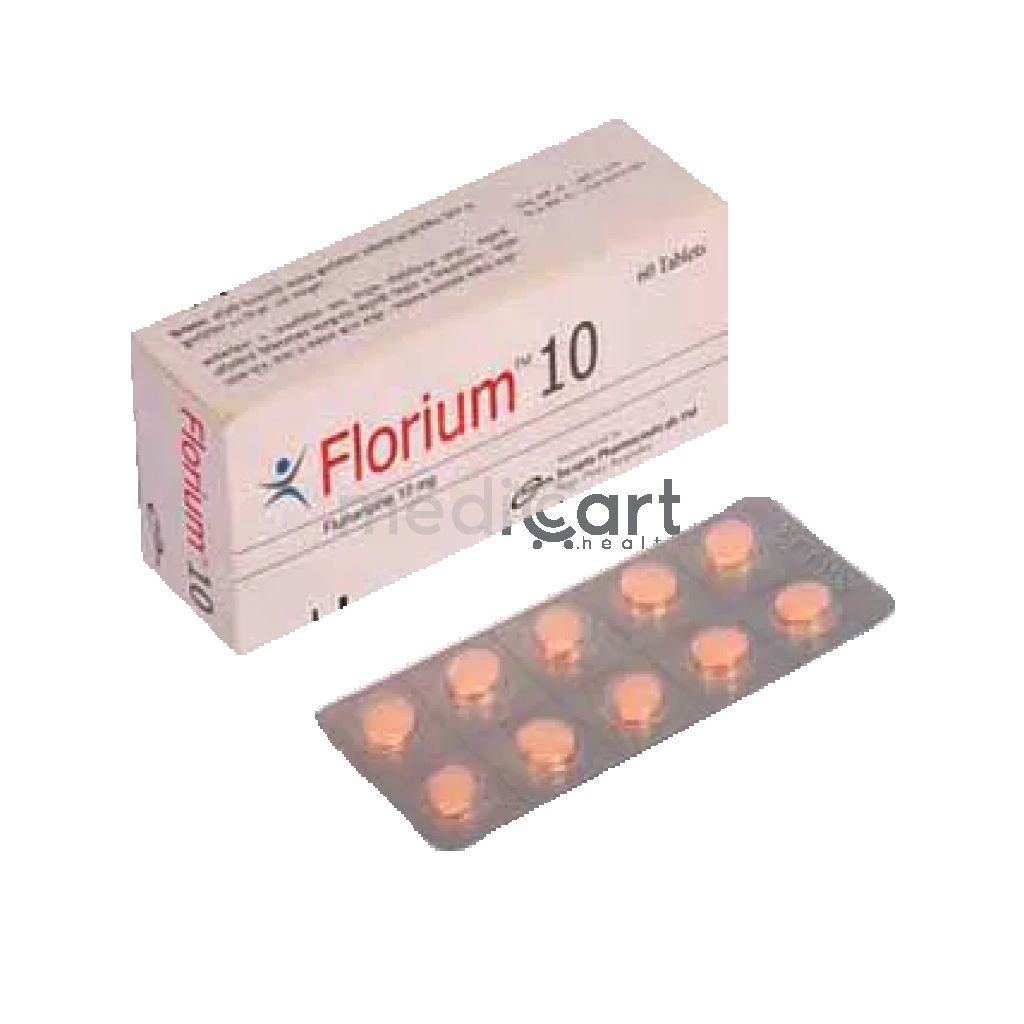

Emprila 2.5% + 2.5%
Cream
Pack Size :
1 tube x 1 packet
Generics :
Lidocaine + Prilocaine topical
Manufacturer :
Unimed & Unihealth Manufacturers Ltd.
Best Price *
TK
400.00
* Delivery will be done in Dhaka city only.
Alternative Product
More Information About - Emprila 2.5% + 2.5%
Description
Generic Name
Lidocaine + Prilocaine topicalPrecaution
Caution when used over large areas and leaving on for >2 hr. Severe hepatic impairment. Caution when used in patients who are receiving class I and III antiarrhythmics. Dose reduction may be necessary in acutely ill, debilitated patients and elderly. Avoid using on open wounds or near the eyes. Pregnancy and lactation. Lactation: Excreted in breast milk; use not recommendedIndication
Local anaesthesiaContra Indication
Neonates with gestational age <37 wk. Infants <12 mth of age who are receiving treatment with methaemoglobin-inducing agents or children who are receiving medications associated with drug-induced methaemoglobinemia. Children with congenital or idiopathic methaemoglobinemia. Application on mucous membranes, broken or inflamed skin.Dose
N/ASide Effect
>10% Pallor/blanching (37%),Application site erythema/pain (30%),Genital mucous membrane burning sensation (17%),Oral cavity, periodontal formulation (15%) 1-10% Alterations in temperature sensations (7%),Application site edema (6-10%),Itching (2%) <1% Rash,Myocardial dysfunction (rare),Methemoglobinemia (rare),Depression/excitation (rare),Seizure (rare) Frequency Not Defined Localized discrete purpuric or petechial reactions (rare) Localized hyperpigmentation (rare) Allergic reactions (eg, urticaria, angioedema, bronchospasm, shock)Pregnancy Category
Name : B
Description
Animal reproduction studies have failed to demonstrate a risk to the fetus and there are no adequate and well-controlled studies in pregnant women OR Animal studies have shown an adverse effect, but adequate and well-controlled studies in pregnant women have failed to demonstrate a risk to the fetus in any trimester.Mode of Action
Lidocaine and prilocaine are local anaesthetic agents of the amide type. Both work by stabilising the neuronal membranes and inhibiting the ionic fluxes required for the initiation and conduction of impulses, thereby giving rise to the anaesthetic action.Interaction
Increased risk of toxicity when used with drugs that are known to cause methaemoglobinaemia. Concurrent use with class III antiarrhythmics may lead to additive cardiac effects. Toxic effects may be additive when used with class I antiarrhythmics.Pregnancy Category Note
Pregnancy Category: B Lactation: Excreted in breast milk; use not recommendedAdult Dose
Topical Dermal Procedures Minor dermatological procedures (e.g. IV cannulation or venipuncture): Cream: Apply 2.5 g over 20-25 cm? of skin surface area for at least 1 hr Painful dermatological procedures involving large areas (eg, split thickness skin graft harvesting) Cream: Apply 2 g/10 cm? of skin and allow to remain in contact with the skin for at least 2 hr Analgesia is achieved in 1 hr, reaches maximum in 2-3 hr, and persists 1-2 hr after removal Topical Anesthetic on Genital Mucous Membranes Superficial minor surgery on male genitalia and as pretreatment for infiltration anesthesia Cream: Apply 1 g/10 cm? of skin for 15 min Minor procedures on the female external genitalia (eg, condylomata acuminata) as well as for use as pretreatment for anesthetic infiltration Cream: Apply 5-10 g for 5-10 minChild Dose
Local Anesthetic Procedures Cream Neonates (gestation age <37 weeks): Use not recommended <12 months: Do not use if receiving treatment with methemoglobinemia-inducing agents 0-3 months (or <5 kg): Do not exceed 1 g total dose/application area > 10 cm?/>1 hr application time 3-12 months (and >5 kg): Do not exceed 2 g total dose/application area > 20 cm?/>4 hr application time 1-6 years (and >10 kg): Do not exceed 10 g total dose/application area > 100 cm?/>4 hr application time 7-12 years (and >20 kg): Do not exceed 20 g total dose/application area > 200 cm?/>4 hr application timeRenal Dose
N/AAdministration
Apply a thick layer to intact skin and cover with occlusive dressing. Gently squeeze cream out of the tube as a narrow strip that is 1.5 inches long and 0.2 inches wide; 1 strip corresponds to 1 g Perform local anesthetic infiltration immediately after removal of cream Male genital skin: Analgesia will increase up to 3 hours under occlusive dressing and persist 1-2 hours after cream removal Female genital skin: Occlusive dressing is not necessary but will keep cream in placeDisclaimer
The information provided herein are for informational purposes only and not intended to be a substitute for professional medical advice, diagnosis, or treatment. Please note that this information should not be treated as a replacement for physical medical consultation or advice. Great effort has been placed to provide accurate and comprehensive data. However, Medicart along with its authors and editors make no representations or warranties and specifically disclaim all liability for any medical information provided on the site. The absence of any information and/or warning to any drug shall not be considered and assumed as an implied assurance of the Company.





